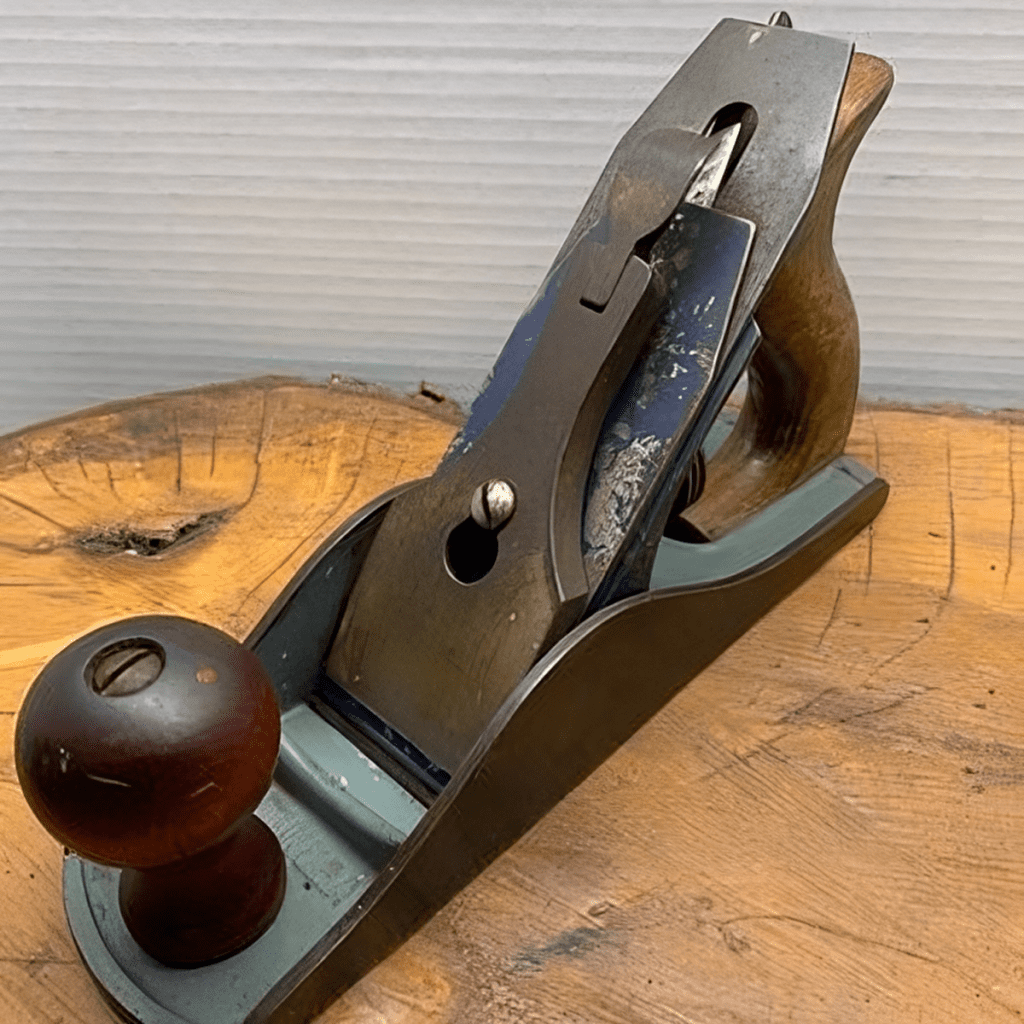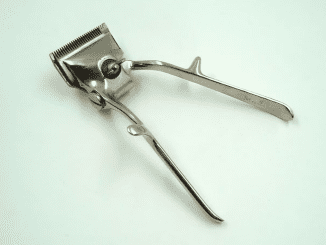The Stanley Smooth Wood Plane has long been a staple in woodworking, cherished by both professionals and hobbyists alike. With a history spanning over a century, this classic hand tool embodies the craftsmanship and tradition that have driven woodworking for generations. Let’s explore the fascinating story of the Stanley Smooth Wood Plane, its uses, and the enduring legacy it holds in the world of woodworking.

A Glimpse into the History of the Stanley Smooth Wood Plane
The concept of the wood plane dates back to ancient civilizations, where rudimentary versions of the tool were used to shape and smooth wood. However, it was during the 19th century that the wood plane evolved into the more refined designs we recognize today.
The Founding of Stanley Rule and Level Company
The Stanley Smooth Wood Plane has its roots in the Stanley Rule and Level Company, founded in 1857 by Frederick T. Stanley in New Britain, Connecticut. Originally focused on manufacturing hardware, the company quickly recognized the demand for quality woodworking tools and began producing hand planes.
In 1869, Stanley acquired the patents of Leonard Bailey, a prominent inventor whose metal-bodied plane designs revolutionized the woodworking industry. With these patents, Stanley was able to produce planes that offered superior durability, precision, and adjustability compared to traditional wooden planes.
The Introduction of the Bailey Line
The acquisition of Leonard Bailey’s designs led to the creation of the Bailey line, which included a variety of hand planes that became iconic within the woodworking community. Named after Bailey, this line featured several types of planes, including block planes, jointer planes, and smooth planes. Among them, the Stanley No. 4 Smooth Plane became a standout, celebrated for its versatility and exceptional performance.
The Purpose and Functionality of the Stanley Smooth Wood Plane
The Stanley Smooth Wood Plane is a versatile tool primarily used to create smooth, flat wood surfaces. This makes it essential for furniture makers, carpenters, and craftsmen, who rely on it to achieve the perfect finish on their workpieces.
Key Components of the Stanley Smooth Wood Plane
The typical Stanley Smooth Wood Plane consists of several key components that work together to deliver precise and consistent results:
- Body: Usually made of cast iron, the main structure provides stability and weight, which helps to ensure smooth operation.
- Iron (Blade): This sharp, adjustable blade is the cutting edge of the tool, shaving off thin layers of wood.
- Frog: The frog is a metal piece that holds the iron at a slight angle, allowing for fine adjustments.
- Cap Iron: This piece secures the blade and reduces chatter, helping the plane glide smoothly over the wood.
- Lever Cap: Holding both the iron and cap iron firmly in place, the lever cap ensures that the blade stays stable during use.
- Handle (Tote) and Knob: These elements provide the grip and control needed for precise handling.

Using the Stanley Smooth Wood Plane
To use the Stanley Smooth Wood Plane, craftsmen follow a straightforward process that involves adjusting the blade depth, holding the plane firmly, and making smooth, even passes over the wood. Here’s a closer look at how it’s done:
- Adjust the Blade: Start by setting the blade depth to control how much material will be removed with each pass.
- Make Even Passes: Hold the plane securely and push it across the wood surface, using smooth and consistent strokes.
- Inspect the Surface: Check the wood surface periodically, adjusting the blade as necessary to achieve the desired smoothness.
Versatility in Woodworking: The Many Uses of the Stanley Smooth Wood Plane
The Stanley Smooth Wood Plane’s versatility makes it indispensable in the workshop. Here are a few of the many ways craftsmen use this tool:
- Smoothing Rough Lumber: It removes imperfections to create a polished, finished surface.
- Jointing Edges: The plane ensures straight and even edges, perfect for joining boards.
- Trimming and Shaping: The Stanley Smooth Wood Plane is ideal for fine-tuning dimensions and shaping curves.
- Adding Finishing Touches: This tool helps add those last touches that bring out the beauty of the wood, leaving it ready for varnishing or staining.

The Lasting Legacy of the Stanley Smooth Wood Plane
Despite advancements in power tools, the Stanley Smooth Wood Plane remains a favorite among woodworkers for its simplicity, precision, and tactile connection to the craft. Its legacy is woven into the fabric of woodworking history, a symbol of the skill and artistry that have characterized the trade for centuries.
A Tool That Stands the Test of Time
The Stanley No. 4 Smooth Plane has an enduring reputation for quality and reliability, and it continues to be widely used today. Its balanced design and high level of performance have cemented its status as a classic, even as new innovations in woodworking technology emerge.
Influencing Modern Tool Design

The influence of Stanley’s hand plane designs can be seen in modern tools, which often incorporate elements of the company’s iconic designs. Many contemporary hand planes are inspired by Stanley’s innovations, combining advanced materials with the timeless principles of traditional craftsmanship.
A Collector’s Item
Vintage Stanley Smooth Wood Planes have become prized collectibles, with enthusiasts valuing them for their historical significance, quality, and craftsmanship. Early models of these tools, especially well-preserved examples, can fetch high prices at auctions and antique shops. This speaks to the legacy and respect that the Stanley name holds within the woodworking community.
The Stanley Smooth Wood Plane: A Symbol of Craftsmanship and Quality
For many woodworkers, the Stanley Smooth Wood Plane represents more than just a tool; it is a symbol of artistry and dedication to the craft. Its use evokes a sense of pride, connecting today’s craftsmen to generations of artisans who shaped wood by hand, creating pieces of lasting beauty and utility.
In the hands of skilled woodworkers, the Stanley Smooth Wood Plane continues to be an inspiring tool that embodies the essence of traditional woodworking. It reminds us that even in a world of power tools and modern machinery, there is still room for the quiet, satisfying process of shaping wood by hand, one stroke at a time.
Conclusion: A Timeless Tool for a Timeless Craft
The Stanley Smooth Wood Plane is a testament to the ingenuity and craftsmanship that have shaped the woodworking industry for over a century. With its rich history, versatile uses, and enduring legacy, it remains a cherished tool for craftsmen around the world. Whether it’s being used by a seasoned professional or a passionate hobbyist, the Stanley Smooth Wood Plane represents the pursuit of perfection and the artistry of woodworking. It’s a reminder that sometimes, the best tools are the ones that stay true to their roots, standing the test of time with every pass over a piece of wood.


